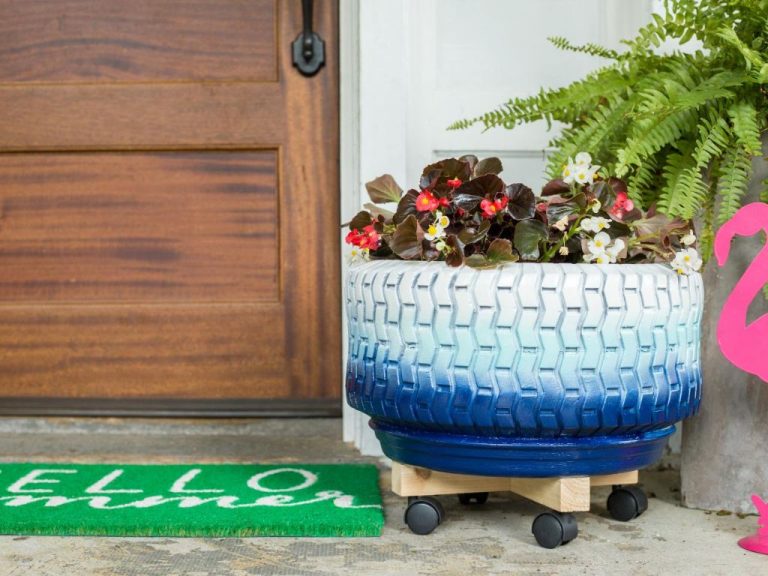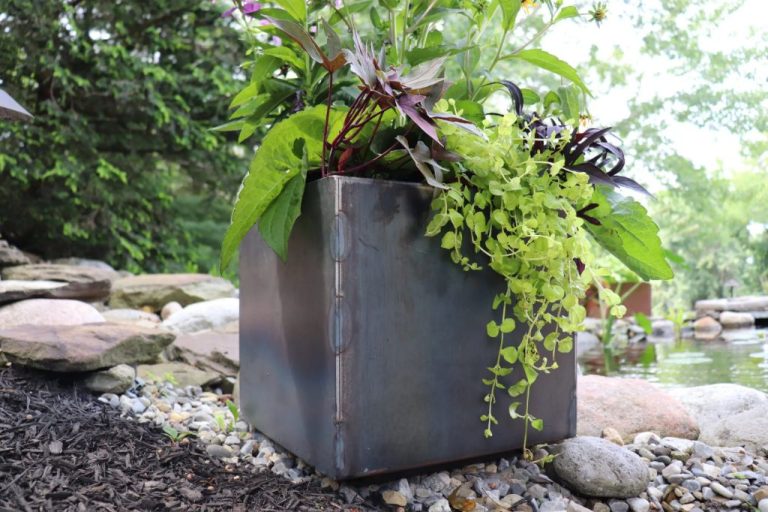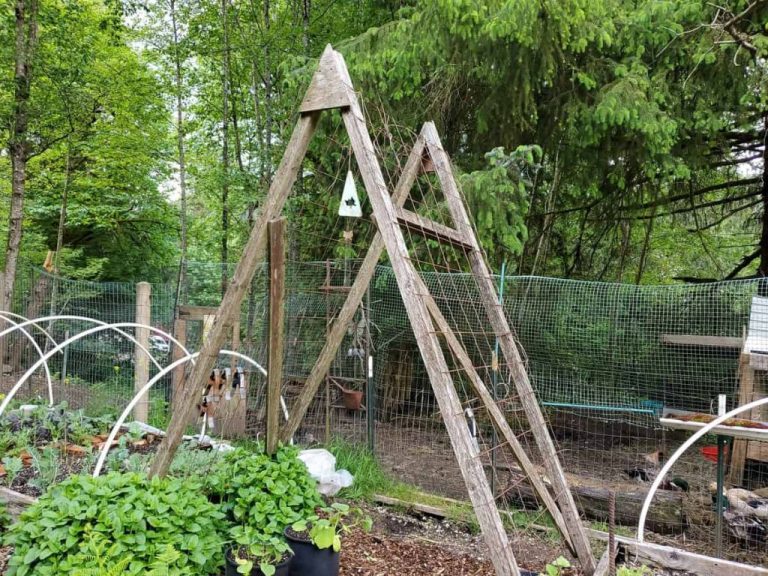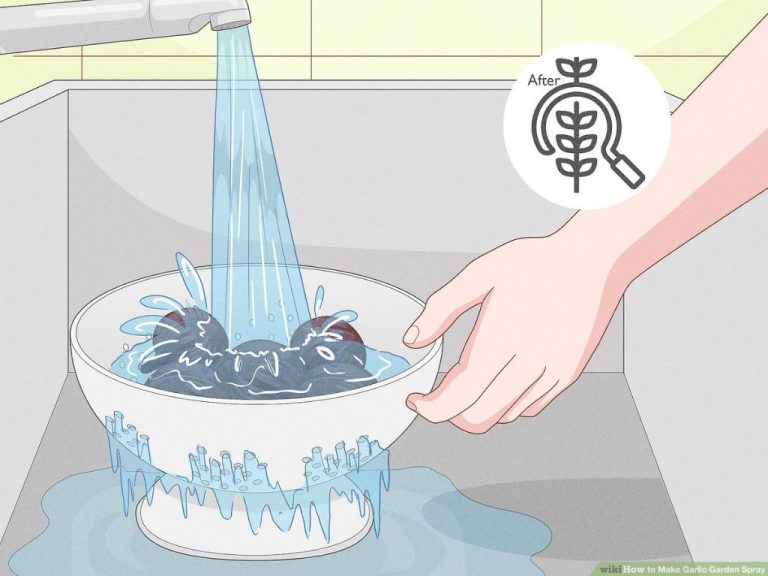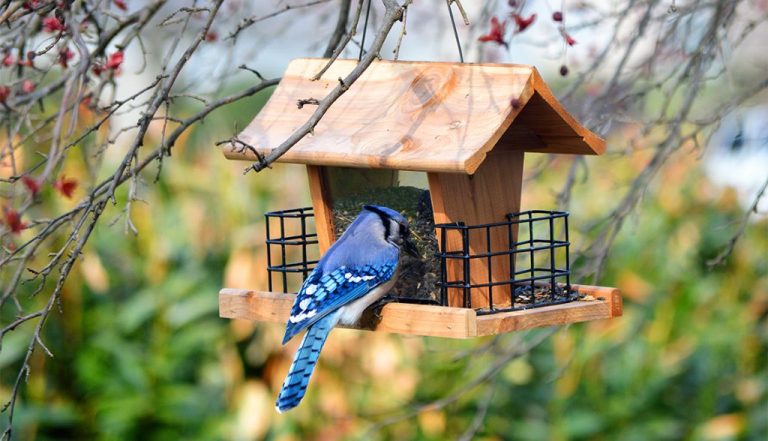Build Your Own Garden Pond: Tranquil Water Feature
Garden ponds have surged in popularity recently, especially during the COVID-19 pandemic, as more homeowners seek to add tranquil water features to their outdoor spaces (https://www.petproductnews.com/trends/home-pond-popularity-surges-during-pandemic/article_28af52d4-80fc-11eb-a61d-df45c23cbf83.html). Water gardens provide a natural ambiance and an opportunity to enjoy beautiful aquatic plants and wildlife. Ponds also serve as focal points in the landscape and provide sounds from splashing water or small waterfalls. With proper planning and maintenance, anyone can create a lovely garden pond to enhance their backyard.
There are several types of garden ponds to consider. Preformed ponds are lightweight molded plastic shells that are easy to install. You simply dig a hole, level the soil, place the pond shell, and fill it with water. Liner ponds involve installing a rubber or PVC liner in a dugout area and adding rocks, plants, and other decor. These allow more customization of the pond shape and size. Finally, concrete ponds are permanent fixtures built with concrete walls poured in place, ideal for larger installations.
Whether you prefer a simple wildlife pond or an elegant koi pond with waterfalls, integrating a water feature can make your landscape more enjoyable. This guide provides tips for building your own beautiful garden pond.
Planning Your Pond
Choosing the right location is crucial when planning your pond. Consider sunlight, views, access to utilities, and drainage. Full sun is ideal, though 2-3 hours of direct sun is sufficient. Locate it near paths and seating areas to enjoy the views. Ensure easy access to electrical and water supply for pumps and plumbing. Position the pond where excess water can drain away from structures.
When determining size, larger is better for stable water conditions. Aim for at least 100 sq ft surface area and 18-24 inches depth. Consider the shape – freeform ponds feel natural while geometric designs are modern. Incorporate various depths from shallow shelfs to deeper pools. Curves and irregular edges increase visual interest.
Make a plan for the pond layout and surroundings. Allow sufficient space around the pond for rocks, plants and other features. Determine which side will have waterfalls, streams or fountains. Consider views from decks and patios. Use zones to transition from ornamental plants to native vegetation. Incorporate various seating areas to enjoy the tranquility of your water feature.
See this helpful guide for more pond planning tips: https://www.thespruce.com/best-garden-pond-building-practices-1821229
Preparing the Pond Site
Properly preparing the pond site is crucial for ensuring your DIY pond holds water and blends naturally into the landscape. Start by marking the desired shape and location using a hose or spray paint. An oval or kidney shape often looks best, but you can get creative. Just avoid sharp corners that could lead to liner leaks. The pond should be situated in a sunny area and dug 2-3 feet deep, with shallow and deep sections for plant shelves and fish overwintering.
Use stakes and lines to map out the shape, then start digging. Remove all rocks, sticks and sharp objects that could puncture the liner. Creating different depth levels allows you to have shallow plant shelves and deeper areas for fish. Slope the sides and carve out shelves around the perimeter using a shovel or excavator. Tamp down the bottom and smooth out sharp edges or irregularities in the soil. For larger ponds, rent equipment like a backhoe to aid digging. Compact and level the soil to prepare for laying the liner.
Make sure to follow local regulations on minimum setbacks from property lines and considerations for soil permeability and drainage. Building near trees with invasive roots or sloped areas can also cause problems. Ideally choose a flat site with full sun exposure and good drainage.
Liner Installation
Choosing the right liner is crucial for building a successful garden pond. EPDM and PVC liners are common options, with 45-60 mil thickness recommended for durability. Measure the dimensions of your pond and purchase a liner about 20% larger to allow slack.
Before installing the liner, remove any sharp rocks or sticks from the pond area that could puncture the liner, and add protective underlay like pond underlayment mats or old carpet. Gently unroll the liner and drape it over the pond, handling it carefully to avoid tears or punctures. Position the liner so it overlaps the edges by 12-18 inches. Weigh down the edges with rocks or blocks. Create folds and pleats to take up any excess slack, especially in corners [1].
Once positioned, trim any major excess with scissors, leaving at least 12 inches of overlap. Secure the liner edges with rocks, blocks, or strips of wood around the perimeter. Avoid puncturing the liner itself. The liner should now conform smoothly to the contours of your pond.
Adding Rocks and Plants
Once the pond liner is installed, the next step is to add rocks, gravel, and plants to complete your pond. Decorative rocks serve both an aesthetic and practical purpose. Larger rocks can help hide the liner at the edges, while gravel can provide beneficial filtration to help keep water clear. Be sure to rinse rocks thoroughly before adding them to the pond.
When choosing plants, aim for variety. Include oxygenating plants like anacharis or hornwort that help keep water healthy. Floating plants like water lettuce or water hyacinth provide shade and help prevent algae growth. Marginal plants grow along the edges, helping stabilize the banks while adding vertical interest. Some good choices include irises, pickerel plants, and creeping jenny. Place the tallest plants in the back and shorter ones in front for the best views (Source 1).
Before planting, rinse plants thoroughly and group them together in containers according to plant height. Work from the back to the front, ensuring proper spacing for growth. Gently tamp each plant into the gravel or soil at the bottom of the pond. Adding fertilizer tabs can help plants establish themselves more quickly. With lush plants and decorative rocks in place, your pond will become an inviting oasis for you and local wildlife (Source 2).
Installing Water Features
Water features like fountains and waterfalls provide aesthetic appeal, soothing sounds, and water circulation to a garden pond. There are several types of water features to consider.
Fountains come in a range of styles, from simple spray heads to elaborate statues and structures with cascading water. Position fountains in a visible spot near the center or edge of the pond. Ensure ample space around the fountain for full water flow and splash.
Waterfalls can be created with spillways, streams, or sloped rocks placed at the pond’s edge. Position waterfalls to have the water source elevated above the pond, with the water spilling down rocks into the pond. Use large rocks and boulders to construct the waterfall’s shape.
Connecting a water feature to the pond requires tubing and a water pump. Submersible pumps are commonly used for small backyard ponds. Place the pump submerged in the deepest part of the pond. Run flexible tubing from the water pump outlet up behind the waterfall or fountain structure. Conceal the tubing behind rocks and plants for a natural look. Adjust the water flow and reposition the tubing as needed to achieve the desired waterfall or fountain effect.
For inspiration on water feature designs and positioning, see the examples at ThePondShop and PondH2O.
Filling the Pond
Filling the pond is an important step that requires care and patience. It’s crucial to fill slowly and dechlorinate the water to protect wildlife. Follow these key steps when filling your new pond:
Fill the pond gradually over several hours or days. Adding water too quickly can damage the liner by causing folds and causing the edges to lift out of position. Fill the pond 10-15% per day until you reach the desired water level.
Use a submersible pump and hose to add water, as this allows better control over the flow rate. Or use a 5 gallon bucket to scoop water from a nearby source and pour into the pond gently.
Dechlorinate and dechloraminate the water as you fill the pond. Chlorine and chloramines found in tap water can harm fish and beneficial bacteria. Use a dechlorinating product specifically designed for ponds.
Stop filling within 2-3 inches of the top of the liner or retaining wall. This allows space for rainfall and avoids overflow. Adjust and trim liner if needed to hide the liner edge.
Check for leaks and repair any liner holes or gaps. Let the pond fill settle for a day or two before introducing plants, fish, or other wildlife.
Aim to fill the pond to the proper water level and depth for good water circulation and aquatic plant health. Generally 18-24 inches is ideal for small ponds.
Maintaining Water Quality
Keeping your pond water clean and clear is essential for the health of your fish and plants. Proper filtration is key – you’ll want a filter strong enough to circulate all of the pond water at least once per hour. External pressurized filters and biological filtration with lava rocks work well. Change filter media regularly.
Algae growth can be controlled by reducing nutrients in the water, adding aquatic plants, using a UV clarifier, and manually removing excess algae. Barley straw and products containing bacteria or enzymes can also help prevent algae from taking over.
Normal maintenance should include partial water changes, cleaning filters, pruning plants, and removing debris from the pond. Test water parameters like pH regularly. With proper care, your pond can remain clear and pristine.
Fish and Wildlife
Adding fish and wildlife to your pond can enhance your backyard oasis. Fish add visual interest and frogs can help control insects. However, fish and wildlife also require special care and maintenance.
When choosing fish, opt for species suited to your climate and pond size. Catfish, koi, goldfish, and mosquitofish are common choices as they are hardy and can survive a range of conditions (Kodama Koi Farm). If adding koi or goldfish, be prepared to install a pond filter and heater to help them thrive. Avoid overstocking fish or they may deplete oxygen levels.
You can also attract beneficial wildlife like frogs, dragonflies, and birds with a well-designed pond. Place rocks and low-lying plants around the edges to provide amphibians a place to emerge. Floating plants give insects a place to lay eggs and birds a spot to perch and drink. A pond attracts wildlife naturally, but take care not to introduce fish that may eat tadpoles and frogs.
Adding fish and wildlife requires monitoring water quality and chemistry. Test pH, ammonia, nitrates, and oxygen levels routinely. Partial water changes and cleaning filters helps keep fish happy and healthy. Be prepared for wildlife to come and go with the seasons. Your garden pond will become an ever-changing ecosystem for you to enjoy.
Troubleshooting
Maintaining beautiful, clear water in a garden pond takes diligence and quick troubleshooting when problems arise. Here are some common issues and solutions:
Leaks
Pond liners can spring slow leaks over time from rocks, roots, or animals puncturing the liner. Check carefully around the edges and seams of the liner for any weeping water. Patch small holes with a liner repair kit. For larger holes or liner failure, drain the pond and install a new liner (Splash Supply Co).
Green Water
Green, murky water is caused by algae growth, often from too many nutrients in the water. Reduce feeding, remove decaying plant material, and install a UV clarifier to kill algae (Wedel’s). Also ensure adequate filtration and water circulation.
Restoring Water Clarity
In addition to treating algae, pond water can turn cloudy from debris accumulation, disturbed sediment, or bacterial blooms. Use a filter sock on pumps to capture particles. Perform partial water changes and use clarifying agents to help water clear. Consider adding aquatic plants which uptake nutrients and provide shade.

